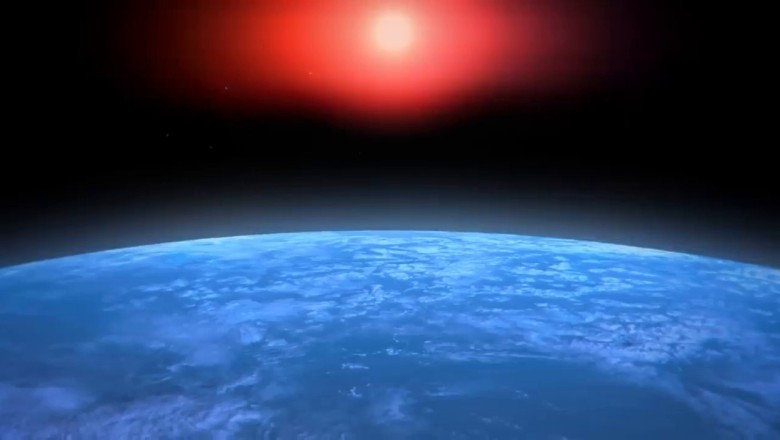
views
Groundbreaking Discovery: NASA Finds Strong Evidence of Life on Distant Exoplanet K2-18b
Introduction
On April 17th, 2025, NASA made an announcement that sent ripples through the scientific community and the world at large. Data from the James Webb Space Telescope suggested the presence of life on a distant exoplanet with a probability of 99.7%. This planet, K2-18b, located 124 light-years away from Earth, showed signs of chemical compounds in its atmosphere that are almost always associated with living organisms on Earth. The concentration of these compounds was a thousand times higher than on our planet, hinting at the possibility of a thriving biosphere.
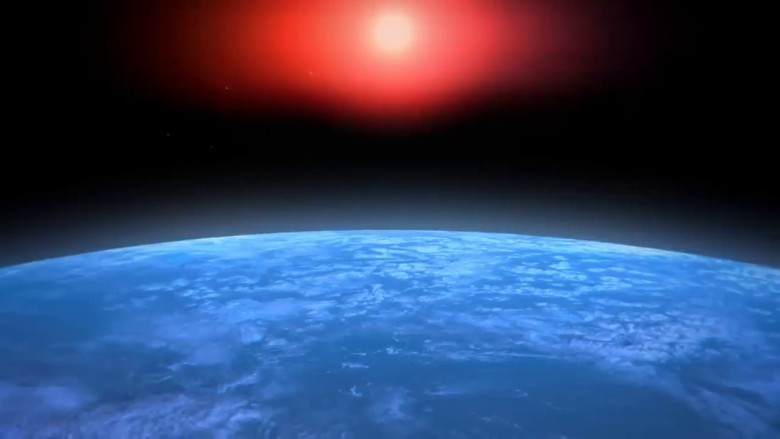
The search for extraterrestrial life has been a cornerstone of modern astronomy. From the early days of radio telescopes scanning the skies for signals to the sophisticated space telescopes of today, the quest to answer whether we are alone in the universe has captivated scientists and the public alike. The discovery of exoplanets—planets orbiting stars outside our solar system—has fueled this quest, with thousands of planets identified in the habitable zones of their stars where liquid water, and thus life as we know it, could exist.
K2-18b stands out among these discoveries. The detection of dimethyl sulfide (DMS) in its atmosphere, a compound almost exclusively produced by living organisms on Earth, suggests that K2-18b could be the best proof yet of life on another planet. This discovery not only brings us closer to answering the age-old question of whether we are alone but also opens up new avenues for understanding the diversity and resilience of life in the universe.
The Discovery of K2-18b
The story of K2-18b begins with the Kepler Space Telescope, launched by NASA in 2009 with the mission to discover Earth-like planets orbiting other stars. After its primary mission ended, Kepler embarked on its K2 "Second Light" mission, continuing to scan the depths of space for exoplanets. In 2015, during this extended mission, Kepler discovered over 1,200 distant planets. Among these, K2-18b stood out due to its intriguing characteristics.
K2-18b is located in the constellation Leo and orbits a red dwarf star named K2-18. The planet is approximately 2.6 times the radius of Earth and about 8.6 times its mass, placing it in the category of a "super-Earth" or a "mini-Neptune." Its size and mass suggest that it could have a solid surface or be a water world with a thick atmosphere.

In 2017, the Spitzer Space Telescope, an infrared telescope launched by NASA in 2003, joined the effort to study K2-18b. Spitzer's observations confirmed that K2-18b lies within the habitable zone of its star, the region where temperatures are just right for liquid water to exist on the planet's surface. This was a crucial piece of information, as liquid water is essential for life as we know it.
Around the same time, the High Accuracy Radial velocity Planet Searcher (HARPS) spectrograph, located at the La Silla Observatory in Chile, was used to measure the planet's density. HARPS is a high-precision instrument designed to detect the tiny wobbles in a star's motion caused by the gravitational pull of orbiting planets. The data from HARPS suggested that K2-18b has a density consistent with a planet that has a significant amount of water, further supporting the idea that it could be a water world.
Signs of Life
The search for signs of life on K2-18b took a significant leap forward in 2019 when the Hubble Space Telescope detected water vapor in the planet's atmosphere. This was the first time that water vapor had been detected in the atmosphere of a planet orbiting within the habitable zone of its star. The presence of water vapor is a strong indicator of the potential for liquid water on the planet's surface, a key ingredient for life.
However, the most exciting discovery came in 2023 with the launch of the James Webb Space Telescope (JWST), the most powerful space telescope ever built. JWST's advanced instruments allowed scientists to analyze the composition of K2-18b's atmosphere in unprecedented detail. Among the various compounds detected, one stood out: dimethyl sulfide (DMS).
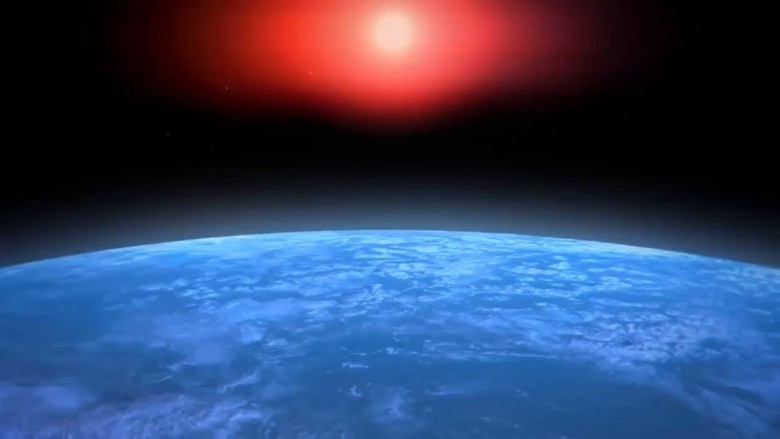
Dimethyl sulfide is a compound that, on Earth, is almost exclusively produced by living organisms, particularly marine phytoplankton. The detection of DMS in K2-18b's atmosphere was a groundbreaking moment, as it suggested the presence of biological activity on the planet. The concentration of DMS was found to be a thousand times higher than on Earth, indicating a potentially thriving biosphere.
The significance of this discovery cannot be overstated. DMS is a volatile compound that quickly breaks down in the atmosphere, meaning that its presence must be continually replenished. On Earth, this replenishment is almost entirely due to biological processes. If the same is true for K2-18b, then the high concentration of DMS strongly suggests the presence of life.
The Planet K2-18b
K2-18b orbits a red dwarf star named K2-18, located approximately 124 light-years away from Earth in the constellation Leo. Red dwarf stars are smaller, cooler, and dimmer than our Sun, but they are also the most common type of star in the Milky Way galaxy. K2-18b's orbit is very close to its star, completing a full orbit every 33 days. Despite this proximity, the planet receives about the same amount of stellar radiation as Earth does from the Sun, thanks to the cooler nature of its host star.
The planet's size and mass place it in a category between Earth and Neptune, often referred to as "super-Earths" or "mini-Neptunes." These types of planets are not found in our solar system, making K2-18b an intriguing subject of study. Its density suggests that it could have a solid surface or be a water world with a thick atmosphere.
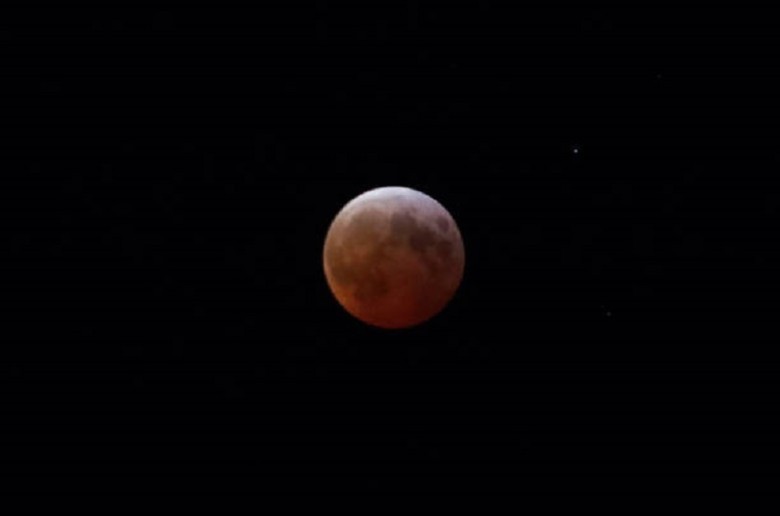
One of the most exciting aspects of K2-18b is its potential to be a "Hycean" planet, a term coined to describe a hypothetical type of exoplanet that is covered by a global ocean and has a hydrogen-rich atmosphere. The concept of Hycean planets was proposed in 2021 by a team of astronomers who suggested that such planets could be common in the universe and might provide habitable conditions for life.
The absence of ammonia in K2-18b's atmosphere further supports the idea that it could be a water world. Ammonia is a compound that would be expected to dissolve in a global ocean, and its absence suggests that the planet has a significant amount of water on its surface.
Scientific Debate
Despite the promising signs, there is still much debate within the scientific community about the true nature of K2-18b and its potential for hosting life. Some scientists, like Dr. Nicholas Vaughan of NASA's Ames Research Center, argue that K2-18b might not be a water world at all but rather a miniature gas giant with no solid surface. If this is the case, the chances of life existing on the planet would be significantly reduced.
On the other hand, Professor Niku Madhusudan from the University of Cambridge's Institute of Astronomy is more optimistic. His team was responsible for the detection of dimethyl sulfide in K2-18b's atmosphere, and he believes that the planet is a strong candidate for hosting life. According to Madhusudan, the high concentration of DMS is a strong indicator of biological activity, and he is confident that further observations will confirm the presence of life on K2-18b.
To resolve this debate, scientists are planning to conduct further observations of K2-18b using the James Webb Space Telescope and other advanced instruments. These observations will aim to confirm the presence of DMS and other biosignatures in the planet's atmosphere and provide a more detailed understanding of its composition and conditions.
Implications of the Discovery
The discovery of potential signs of life on K2-18b has profound implications for our understanding of life in the universe. If confirmed, it would be the first time that life has been detected beyond Earth, answering one of the most fundamental questions of human existence: Are we alone in the universe?
The implications of this discovery extend beyond the scientific community. Philosophically, it challenges our understanding of our place in the cosmos and the uniqueness of life on Earth. If life can exist on a planet 124 light-years away, it suggests that life might be common in the universe, with countless other planets hosting their own biospheres.
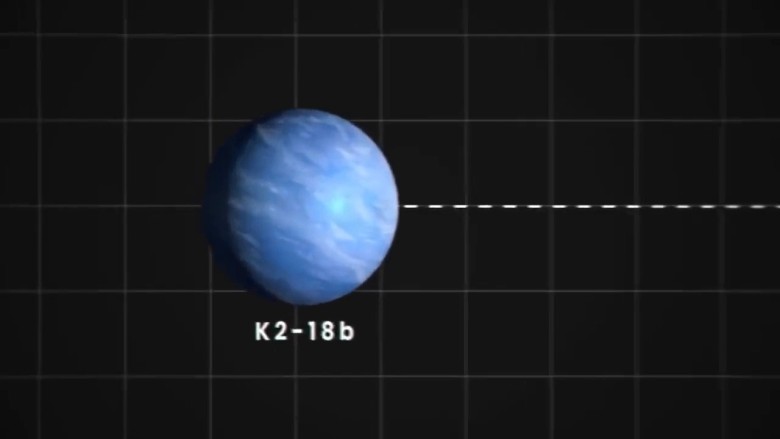
From a scientific perspective, the discovery of life on K2-18b would open up new avenues for research. Scientists would be eager to study the biology of extraterrestrial life, comparing it to life on Earth to understand the commonalities and differences. This could provide insights into the origins of life and the conditions that are necessary for its existence.
The discovery also has implications for the future of space exploration. While interstellar travel remains beyond our current technological capabilities, the detection of life on a nearby exoplanet could provide the motivation and justification for developing the technologies needed to explore these distant worlds. It could also inspire new missions and telescopes designed to study exoplanets and search for signs of life.
Other Promising Exoplanets
While K2-18b is currently the most promising candidate for hosting extraterrestrial life, it is not the only exoplanet that has captured the attention of scientists. Several other exoplanets have been identified as potential habitable worlds, each with its own unique characteristics and possibilities for life.
One such planet is Teegarden B, located just 12.5 light-years away from Earth. Teegarden B orbits a red dwarf star in the constellation Aries and is one of the closest known exoplanets to Earth. Scientists estimate that the chances of Teegarden B having Earth-like conditions are about 60%. The planet is located within the habitable zone of its star, where temperatures could allow for the existence of liquid water. However, because Teegarden B is tidally locked, with one side always facing its star and the other in perpetual darkness, any potential habitable conditions would likely be confined to the twilight zone between the two sides.
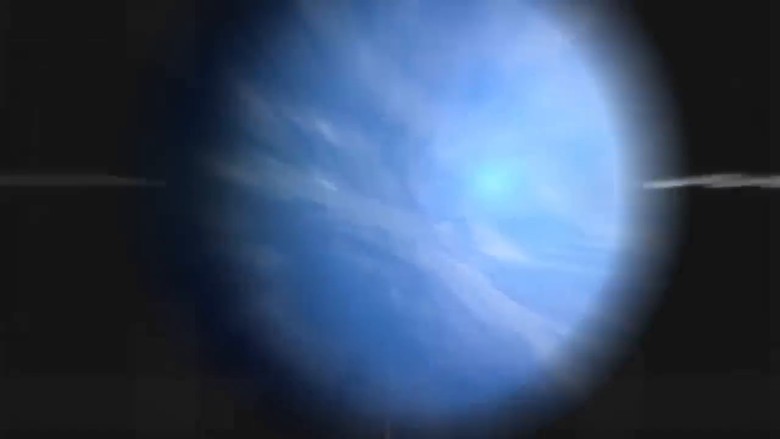
Another intriguing exoplanet is Kepler-1649c, discovered in 2020 and located 301 light-years away from Earth in the constellation Cygnus. Kepler-1649c orbits a red dwarf star and is slightly larger than Earth, with a radius about 6% greater and a mass about 20% higher. The planet receives about 25% as much light and heat as Earth does from the Sun, placing it within the habitable zone. Like Teegarden B, Kepler-1649c is likely tidally locked, with potential habitable conditions in the twilight zone between the day and night sides.
TOI-700d is another promising exoplanet, located about 101 light-years from Earth in the constellation Dorado. TOI-700d is the outermost planet in the TOI-700 star system and is slightly larger than Earth. Unlike many other potentially habitable exoplanets, TOI-700d is not tidally locked, meaning it experiences day and night cycles similar to Earth. This could result in a more stable and life-friendly climate. The planet receives about 86% of the light that Earth gets from the Sun, and its surface temperature is estimated to be around -4°C, which could be mild enough for liquid water to exist if the planet has a greenhouse effect.
Bizarre and Fascinating Exoplanets
While the search for habitable exoplanets is a major focus of astronomical research, the universe is also home to a wide variety of bizarre and fascinating exoplanets that challenge our understanding of planetary formation and evolution. These exotic worlds, with their extreme conditions and unusual characteristics, provide valuable insights into the diversity of planets in the universe.
One such exoplanet is J1407b, located about 434 light-years from Earth. J1407b is often referred to as "Saturn on steroids" due to its massive ring system, which is 200 times larger than Saturn's. The rings of J1407b are so large that if they were around Saturn, they would dominate our night sky. However, these rings are not expected to last forever. Over time, they will thin out as moons form from the ring material, eventually leading to a more stable system of satellites orbiting the planet.
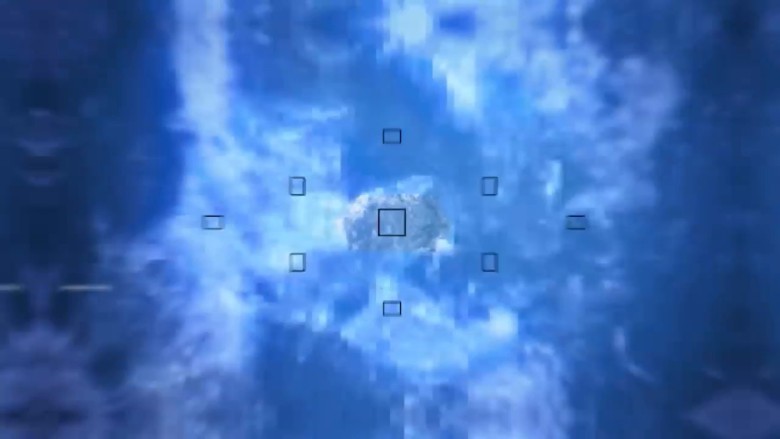
Another fascinating exoplanet is GJ504b, located 57 light-years away from Earth. GJ504b is a gas giant with a mass about four times that of Jupiter but a similar size. What makes GJ504b unique is its pink color, which is thought to be due to the heat of its formation. The planet is relatively young, with an estimated age of about 160 million years, and its magenta glow is a result of the residual heat from its formation process.
Kepler-70b is one of the hottest exoplanets known to scientists. Located about 650 light-years away in the constellation Cygnus, Kepler-70b orbits a star that was once a red giant but has since shed its outer layers, leaving behind a hot core. Kepler-70b is believed to be the remnant core of a gas giant that was engulfed by its star during the red giant phase. The planet's surface temperature is estimated to be around 6,650°C, hotter than the surface of some stars.
WASP-76b is another extreme exoplanet, located about 640 light-years away from Earth. WASP-76b is a gas giant that is tidally locked to its star, meaning one side is always facing the star and the other is in perpetual darkness. The day side of the planet is so hot that metals like iron vaporize and rise into the atmosphere. Strong winds then carry the iron vapor to the cooler night side, where it condenses and falls as molten iron rain. This creates a unique and dramatic weather pattern unlike anything seen in our solar system.
PSR J1719-1438b is an exoplanet with a truly extraordinary origin. Located about 3,900 light-years away, PSR J1719-1438b orbits a millisecond pulsar, a type of neutron star that spins rapidly and emits beams of radiation. The exoplanet is believed to be the remnant core of a star that was stripped of its outer layers by the pulsar, leaving behind a dense, diamond-like core. PSR J1719-1438b is often referred to as a "diamond planet" due to its high density and carbon-rich composition.
WASP-107b is an exoplanet with an unusually low density, often compared to that of cotton candy. Located about 200 light-years away, WASP-107b is a gas giant with a size similar to Jupiter but a mass much lower, making it one of the least dense exoplanets known. This low density challenges our understanding of gas giant formation and suggests that WASP-107b may have formed in a different way than the gas giants in our solar system.
Gliese 581d is an exoplanet located about 20 light-years away from Earth in the constellation Libra. Gliese 581d is a super-Earth with a mass about six times that of Earth and is located within the habitable zone of its star. The planet is tidally locked, with one side always facing its star and the other in perpetual darkness. However, the presence of a thick atmosphere could allow for the redistribution of heat, potentially creating habitable conditions on the planet's surface.
2MASS J2126 is an exoplanet with the largest known orbit around its star. Located about 104 light-years away, 2MASS J2126 orbits its star at a distance of about 7,000 astronomical units (AU), where one AU is the average distance between the Earth and the Sun. This enormous distance means that a single orbit of 2MASS J2126 around its star takes about 900,000 Earth years. The exoplanet is believed to have formed from a disk of gas and dust around its star but was somehow ejected to its current distant orbit.
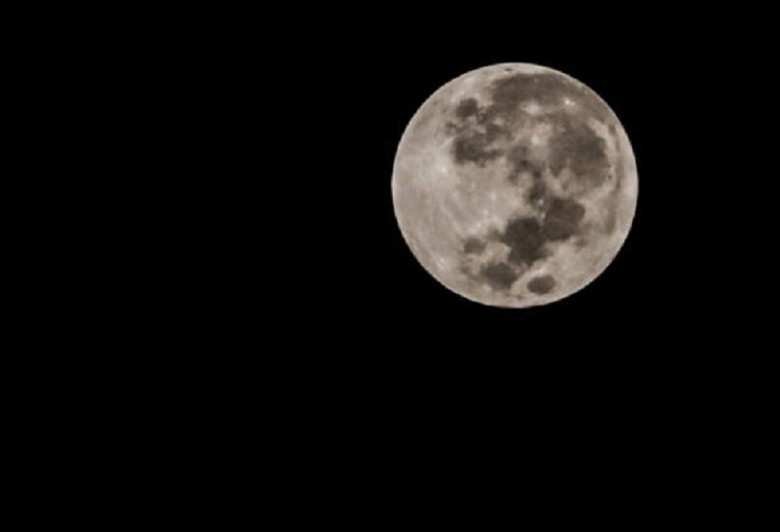
PDS 70c is an exoplanet located about 370 light-years away in the constellation Centaurus. PDS 70c is one of the few exoplanets that has been directly imaged by telescopes, providing valuable insights into its formation and evolution. The exoplanet is surrounded by a circumplanetary disk, a ring of gas and dust from which moons can form. Observations of PDS 70c have revealed the presence of a moon-forming disk, providing the first direct evidence of such a process in an exoplanetary system.
KOI-5Ab is an exoplanet located about 1,800 light-years away in the constellation Cygnus. KOI-5Ab is part of a triple star system, meaning it orbits a star that is itself orbiting two other stars. This complex gravitational environment makes the KOI-5 system a fascinating subject of study. KOI-5Ab was one of the first exoplanet candidates discovered by the Kepler Space Telescope but was initially dismissed due to the complexity of its star system. Further observations confirmed its existence, making it one of the most intriguing exoplanets known.
Conclusion
The discovery of potential signs of life on K2-18b is a monumental milestone in the search for extraterrestrial life. It brings us closer than ever to answering the fundamental question of whether we are alone in the universe and opens up new avenues for understanding the diversity and resilience of life.




















Comments
0 comment